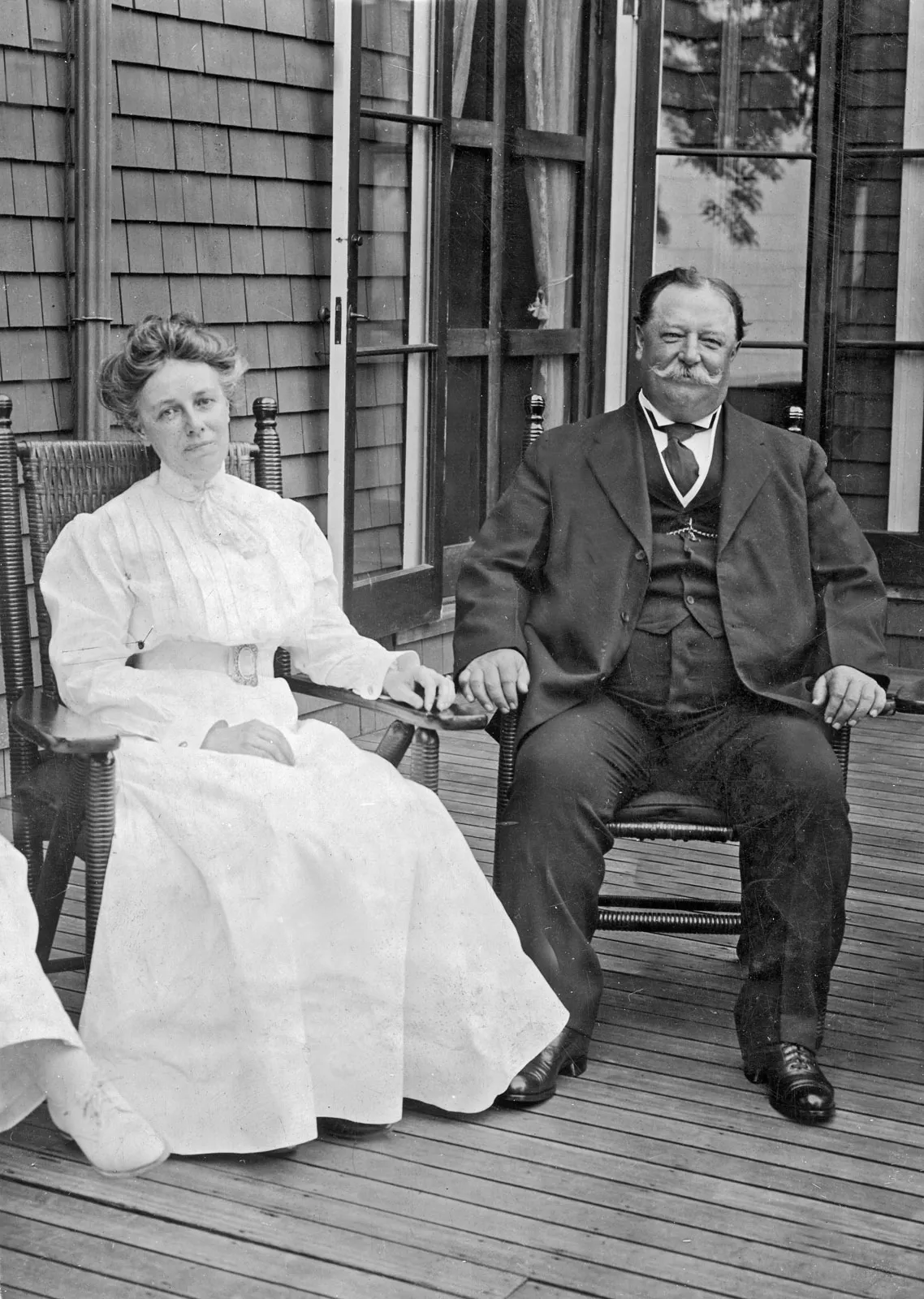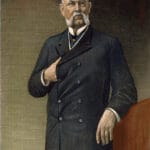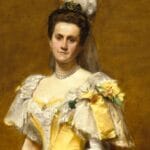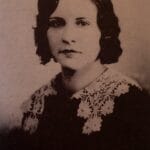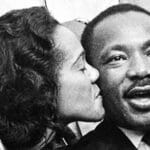Helen Herron Taft: A First Lady of Firsts
Helen Herron Taft wasn’t just the woman beside President William Howard Taft; she was a force to be reckoned with. From her ambitious spirit to her resilience in the face of adversity, Helen redefined what it meant to be First Lady. Born in 1861 into a politically active family, Helen’s aspirations reached the White House at a young age. She dreamed of being First Lady, a goal she boldly declared at just 17 years old. But Helen wasn’t content to simply occupy the role; she sought to elevate it.
Challenging the norms of her time, she pursued higher education, graduating from the University of Cincinnati, a rare feat for women in the late 19th century. This drive to learn and challenge expectations would become a hallmark of Helen’s life.
Her marriage to William Howard Taft in 1886 marked the beginning of a dynamic partnership. Helen wasn’t just a supportive spouse; she was her husband’s confidante and advisor, playing a significant role in shaping his political path. Her influence extended beyond the domestic sphere, as she embraced opportunities to engage in public life.
A Transformative First Lady (1909 – 1913)
As First Lady, Helen approached her role with a remarkable blend of ambition and grace. She had a vision to modernize the White House and make it a true symbol of American pride. From updating outdated decor and transforming the White House lawn into a vibrant social space, Helen brought a breath of fresh air to the role of First Lady.
However, her time in the White House wasn’t without its challenges. Just two months into her husband’s term, Helen suffered a severe stroke that left her partially paralyzed. While this could have easily sidelined her, Helen’s determination shone through. Within a year, she bravely returned to her First Lady duties, demonstrating her incredible resilience and unwavering commitment to her role.
One of Helen’s most enduring legacies can be seen to this day in the nation’s capital. Her deep appreciation for beauty and international diplomacy led her to bring Japanese cherry trees to Washington D.C.. Every spring, these trees erupt in a breathtaking display of pink blossoms, a testament to Helen’s vision and her ability to forge lasting bonds between nations.
Beyond the White House: A Life of Advocacy and Impact
Helen’s impact extended far beyond her time as First Lady. She continued to be a prominent figure, advocating for causes she held dear, particularly in the areas of education and public health. Her commitment to social progress left an indelible mark on American society.
What Was Helen Taft Known For?
Helen Herron Taft wasn’t simply known as President Taft’s wife; she was recognized as a trailblazer in her own right. Her influence resonated in social reforms, international diplomacy, and cultural contributions that continue to shape America today.
Here are some key aspects of Helen Taft’s legacy:
- Modernizing the First Lady Role: Helen broke the mold by taking an active role in shaping her husband’s political path. She served as a key advisor, influencing policy decisions and engaging in public speaking engagements. Her active participation in the political arena challenged traditional expectations of a First Lady.
- Championing Social Causes: A firm believer in social progress, Helen used her platform to advocate for education reform, public health initiatives, and women’s rights. Her dedication to these causes helped to improve the lives of countless Americans.
- Cultural Diplomacy and the Cherry Trees: Helen possessed a genuine love for travel and a deep appreciation for other cultures. Her warmth and diplomatic skills contributed to stronger international relations, particularly with Japan. The planting of the iconic cherry trees in Washington D.C., a gift from Japan, stands as a lasting symbol of her commitment to fostering global friendships.
- Resilience in the Face of Adversity: Helen’s strength and determination were evident in her recovery from a debilitating stroke. Her ability to overcome this challenge and resume her duties as First Lady served as an inspiration to many.
- A Legacy of Firsts: Helen broke barriers as the first First Lady to ride alongside her husband in the inaugural procession, symbolizing her desire for a more prominent and influential role. Her actions paved the way for future First Ladies to become more active participants in the political sphere.
What Happened to Taft’s Wife?
Just two months into her time as First Lady, Helen Herron Taft experienced a life-altering event: a severe stroke that left her left side paralyzed. Doctors at the time were uncertain about the extent to which she would recover. However, Helen’s resilience and inner strength became apparent as she began a long and arduous rehabilitation process.
With unwavering determination, she regained her ability to walk and speak, eventually returning to her duties as First Lady within a year. This remarkable recovery served as a testament to her indomitable spirit and astonished those who doubted her ability to fully resume her role.
However, the impact of the stroke lingered. Some historians suggest that it likely contributed to her decision to step back from some of the more physically demanding aspects of her public role. This, of course, is speculation, as there is no definitive historical record outlining the full extent to which the stroke impacted her later life.
Despite this health challenge, Helen remained actively engaged in the causes she championed. She continued to advocate for social reform, promote cultural exchange, and solidify her legacy as a pioneering First Lady.
Did William Howard Taft Have Kids?
Yes, William Howard Taft and Helen Herron Taft had three children:
- Robert Alphonso Taft (1889-1953): The eldest son, Robert, followed in his father’s footsteps by pursuing a career in law and politics. He became a prominent figure in the Republican Party, serving as a U.S. Senator from Ohio and even running for President three times.
- Helen Taft Manning (1891-1987): The Taft’s only daughter, Helen, forged her own path in academia. She became a respected historian and educator, eventually serving as the Dean of Bryn Mawr College.
- Charles Phelps Taft II (1897-1983): The youngest son, Charles, also pursued a legal career and dedicated himself to public service. He served as the Mayor of Cincinnati, carrying on the family legacy of civic engagement.
What Happened to President Taft?
After his presidency, William Howard Taft achieved a rare accomplishment by being appointed Chief Justice of the United States in 1921. This fulfilled a lifelong ambition for Taft and marked a unique chapter in his career.
Some historians suggest that Taft may have actually preferred his time on the Supreme Court to his years in the White House. The judicial role likely appealed to his legalistic mind and allowed him to make significant contributions to American jurisprudence. His tenure as Chief Justice was marked by efforts to strengthen the power of the Court and establish systems that streamlined judicial processes.
However, it’s important to note that historical perspectives on Taft’s presidency have evolved over time. While he might be less widely celebrated than his predecessor, Theodore Roosevelt, Taft’s accomplishments in areas such as trust-busting, diplomacy, and government reform deserve recognition.
Ultimately, William Howard Taft left a complex legacy, marked by both successes and challenges. His story is a reminder that historical figures are multifaceted individuals whose lives can’t be easily categorized.
Key Points:
- Born in 1861, Helen Herron Taft grew up in a political family and aspired to be First Lady.
- She pursued a college education, challenging the norm for women.
- As William Howard Taft’s wife, she served as his confidante and advisor.
- As First Lady from 1909 to 1913, she modernized the White House and its surroundings.
- She introduced cherry blossoms to Washington D.C., creating a spring spectacle.
- Despite a stroke during her term, she recovered and continued her duties.
- Helen remained a prominent figure after leaving the White House, advocating for various causes.
- Her legacy as a pioneering First Lady defied expectations and demonstrated the role’s potential for change and influence. What was Helen Taft known for? – helen herron taft
